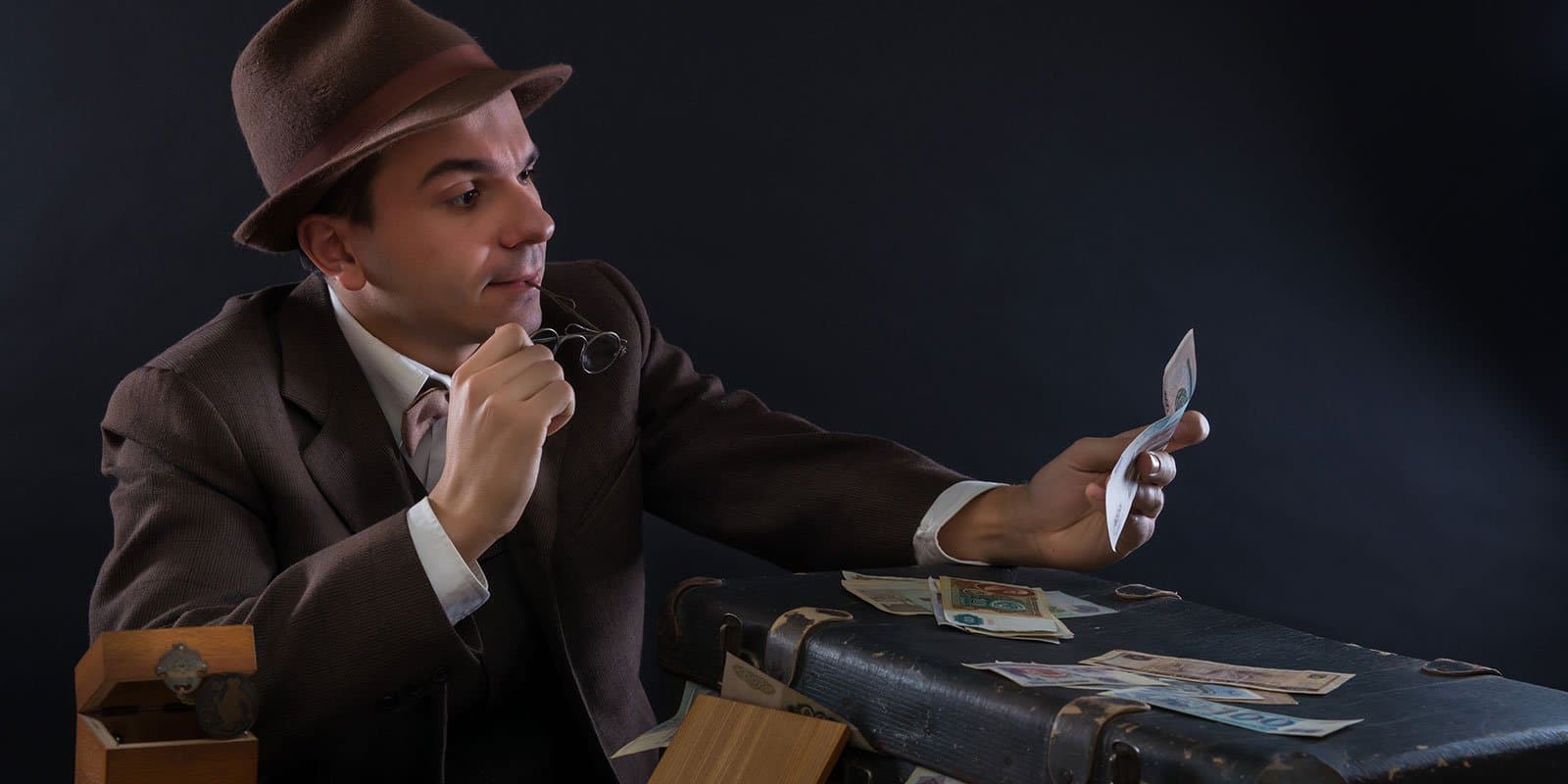
Banksy banknote makes it into the British Museum
Now, in a comical turn of events, the same British Museum where the artist once showcased his work (without anyone's permission) has officially acquired one of the Banksy banknotes.
The note was donated by Banksy's agents, after the museum had been trying for years to hunt one down. It is their first Banksy acquisition. However, this doesn't mean it's on display... yet.
Images of the banknotes, though, were still included in the museum's magazine.
Banksy's banknotes imitate the old £10 notes (withdrawn from circulation in March last year), with the most obvious alteration being the portrait of Princess Di in the place of Queen Elizabeth. The tag, ever so subtle, can be found in both regal and plain sight across the top of each note: 'Banksy of England'.
The artist described the origin of the Diana £10 notes in his 2010 Oscar-nominated film Exit Through the Gift Shop, saying he had made £1m pounds worth, planning to throw them off a building. He had handed some notes out at Reading festival, but realised the stunt was backfiring when people started taking them to the bar to spend. “It was like, holy s***, we just forged a million quid, and obviously for that you’d go to jail for ten years.” Distribution was speedily halted.
“I admire Banksy for flourishing outside the conventional realm of museums and galleries, but in the wider public realm.”
Read the Guardian article here
Art or crime?
Every coin has two sides, but who would have thought there was a laughable side to the serious crime of counterfeiting currency? Perhaps because no one could decide if Banksy's blatantly fake note counted as a counterfeit (or because they couldn't identify the artist), authorities decided to laugh it off. His trick tickled the nation over 10 years ago, and now, it's earned the artist's prank a place in the museum's department of coins and medals.
The British Museum's relationship with the Banksy banknote is reminding the world once more of the value of cash as a calling card.
Notes and coins are often touted as a nation's calling card. An official cultural logo, encapsulating a country's moment in history, circulating across generations, preserving customs and delicately bringing people together in face-to-face exchanges.
The centuries-old tradition of parody paper money only occurs when there's a perfect synthesis of artistic vision, political awareness and an unfailing sense of humour, suddenly transforming cash into a stage for passive protest.
“There is a long history of political and social discourse through this type of protest which made us keen to acquire it,”
Excerpt from The Art Newspaper
Banksy produced the £10 note in 2004, seven years after the death of the princess, intending to use it in a performance. The anonymous street artist, now widely believed to be Robin Gunningham, claimed to have printed 100,000 copies to throw from a building. The banknotes now sell on eBay at prices ranging from £1.99 to £750, although many are reproductions rather than authentic Banksy fakes. The British Museum’s example was donated by Pest Control, the artist’s agent and authentication body. [...]
A British Museum spokesman says that there are currently no plans to display Di-faced Tenner. Tom Hockenhull, the museum’s curator of modern money, has reproduced an image of the work in the latest issue of the museum’s magazine.
The acquisition comes more than a decade after Banksy secretly exhibited in the British Museum. In 2005, he installed a mock cave-painting of a Stone-Age hunter pushing a supermarket trolley in the Roman Britain gallery, where it apparently went unnoticed for three days before its removal. Peckham Rock was borrowed back from the artist for the museum’s recent exhibition I Object: Ian Hislop’s Search for Dissent, co-organised by Hockenhull, which closed last month.
